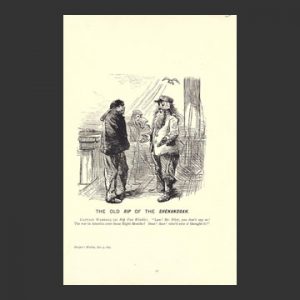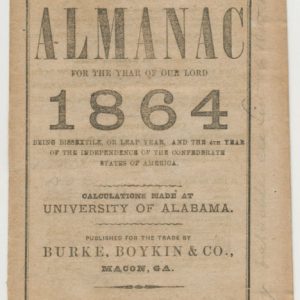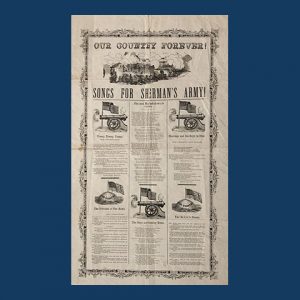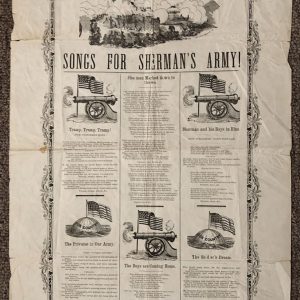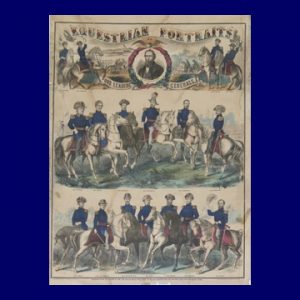Bennett Parten, Somewhere Toward Freedom, 1st ed., Signed on Bookplate
$29.99
Sherman’s March, Through The Eyes of the Enslaved
In stock
Description
In Somewhere Toward Freedom, historian Bennett Parten illuminates Sherman’s March to the Sea as seen through the perspective of the tens of thousands of enslaved people who fled to the Union lines. This massive act of self-emancipation was the biggest liberation event in American history.
In the fall of 1864, Gen. William T. Sherman led his army through Atlanta, Georgia, burning buildings of military significance and ultimately most of the city along the way. From Atlanta, they marched across the state to the most important city at the time: Savannah. This groundbreaking account helps us understand how this episode in Civil War history impacted the war, and what it meant to the enslaved, but also reveals how it laid the foundation for the fledgling efforts of Reconstruction.
Mired in the deep of the South with no reliable supply lines, Sherman’s army had to live off the land and the provisions on the plantations they seized along the way. As the army marched to the east, plantation owners fled, but even before they did so, slaves self-emancipated to Union lines. By the time the army seized Savannah in December, as many as 20,000 enslaved people had attached themselves to Sherman’s army. They endured hardships, marching as much as twenty miles a day—often without food or shelter from the winter weather—and at times Union commanders discouraged and even prevented the self-emancipated from staying with the army. Racism was not confined to the Confederacy.
When the war ended, Sherman and various government and private aid agencies seized plantation lands—particularly in the sea islands off the Georgia and South Carolina coasts—in order to resettle the newly emancipated. They were fed, housed, and in some instances, taught to read and write. This first real effort at Reconstruction was short-lived, however. As federal troops withdrew to the north, Confederate sympathizers and Southern landowners eventually brought about the downfall of this program.
Sherman’s march has remained controversial to this day. But as Parten reveals, it played a significant role in ending the Civil War, due in no small part to the efforts of the tens of thousands of enslaved people who became a part of it. In Somewhere Toward Freedom, this critical moment in American history has finally been given the attention it deserves.
As New. Signed on Bookplate.
Parten, Bennett. SOMEWHERE TOWARD FREEDOM: SHERMAN’S MARCH AND THE STORY OF AMERICA’S LARGEST EMANCIPATION. NY: Simon & Schuster, 2025; 1st ed., d.j., 272p., notes, index.
You can watch the A House Divided episode featuring this title on the Past Shows Page.
You may also like…
-
Our Country Forever! Songs For Sherman’s Army, War-dated Broadside
$325.00 -
Equestrian Portraits Of Our Leading Generals – Print
$3,800.00

